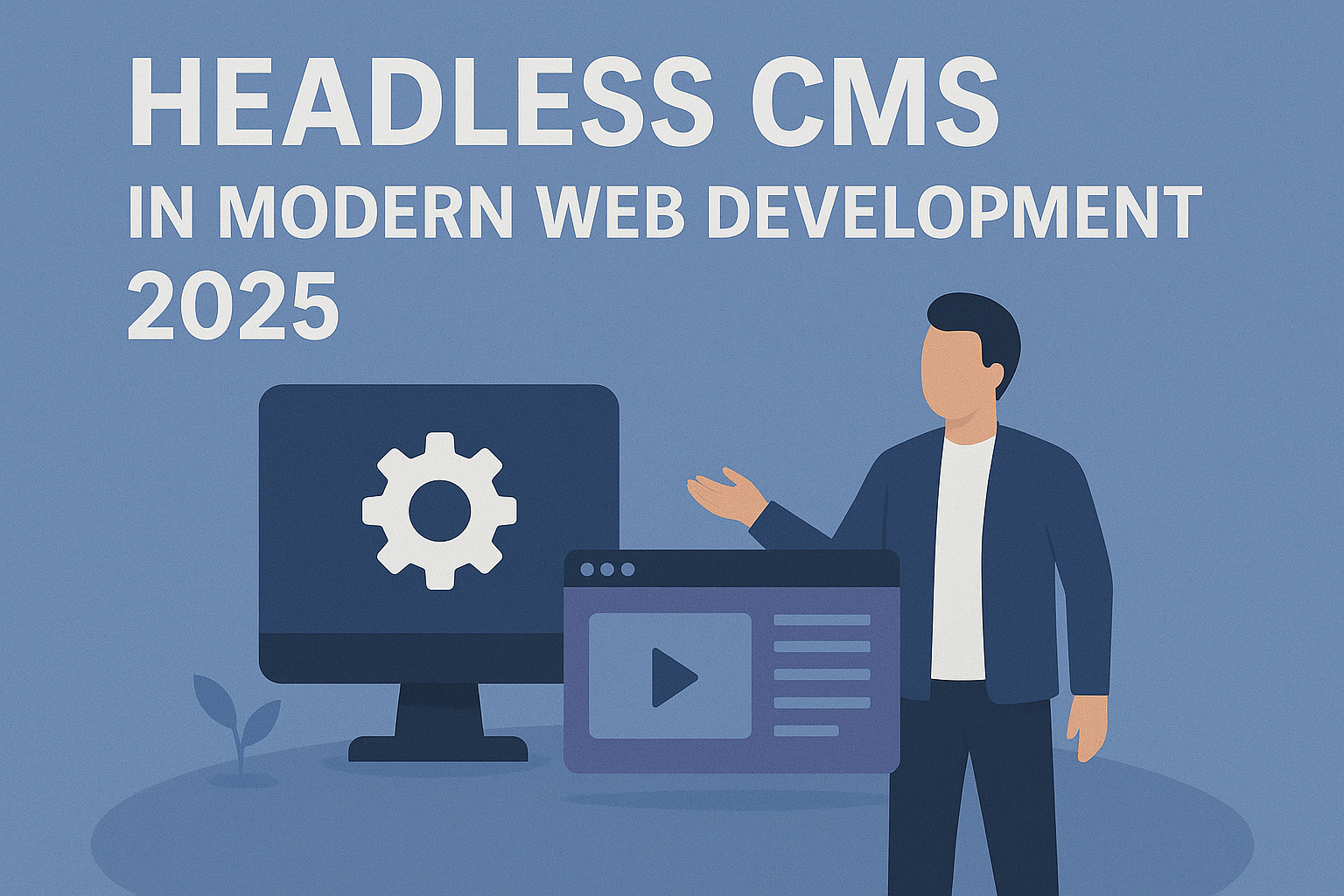In today’s multi-platform world, content delivery needs to be fast, flexible, and future-proof. Traditional CMS platforms often fall short when it comes to delivering content across web, mobile, IoT, and emerging technologies. This is where the headless CMS enters the conversation—redefining how content is created, managed, and rendered.
This guide explores what headless CMS really means, how it empowers modern development workflows, and how developers can use it with modern frontend frameworks like React.
What Is a Headless CMS?
A headless CMS decouples the backend (content management) from the frontend (presentation layer). Instead of rendering content via built-in themes and templates, a headless CMS delivers content through APIs—most commonly REST or GraphQL.
This means:
- Developers can choose any technology (React, Vue, Svelte, Flutter, etc.) to build the user interface.
- Content can be reused across multiple channels, like websites, mobile apps, kiosks, and smart devices.
Why Headless CMS Is a Game-Changer
1. Cross-Platform Delivery
You write once and distribute everywhere—from web browsers to native apps to digital signage.
2. Modern Dev Stack Compatibility
Works seamlessly with modern frontend frameworks, static site generators (Next.js, Nuxt, Gatsby), and cloud services.
3. Performance and SEO Optimization
Content is rendered client-side or at build time with tools like Next.js, improving time-to-first-byte (TTFB) and Core Web Vitals.
4. Editor-Friendly Interfaces
Even without a predefined frontend, many headless CMS options offer intuitive content creation tools for marketing and editorial teams.
5. Security and Scalability
By separating the content management interface from the delivery layer, you reduce the attack surface and gain deployment flexibility.
Headless CMS + React: A Quick Example
Here’s how to pull content from a headless CMS like Strapi into a React app:
// /pages/index.jsx (Next.js example with REST API)
import { useEffect, useState } from ‘react’;
export default function HomePage() {
const [posts, setPosts] = useState([]);
useEffect(() => {
fetch(‘https://your-cms-url.com/api/posts’)
.then(res => res.json())
.then(data => setPosts(data.data));
}, []);
return (
<main>
{posts.map(post => (
<article key={post.id}>
<h2>{post.attributes.title}</h2>
<p>{post.attributes.content}</p>
</article>
))}
</main>
);
}
Popular Use Cases
| Use Case | Why Headless CMS Works |
| Blog or editorial website | Custom UI, dynamic content preview |
| E-commerce product content | Serve content across multiple storefronts |
| SaaS landing pages | Integrate CMS with React/Next.js |
| Multilingual websites | Manage locale-based content centrally |
| Mobile-first content delivery | Deliver JSON to mobile apps |
Choosing a Headless CMS
Some of the most widely adopted headless CMS solutions in 2025 include:
- Strapi – Open-source, Node.js-based, self-hosted or cloud
- Sanity – Real-time collaboration, structured content modeling
- Contentful – Enterprise-grade SaaS with strong developer tools
- Hygraph – GraphQL-first CMS ideal for API-centric workflows
Each offers APIs, user permissions, localization, and content modeling—but their pricing, extensibility, and plugin ecosystems vary.
Final Thoughts
A headless CMS empowers teams to create lightning-fast, scalable digital experiences across channels and devices. It aligns with the JAMstack philosophy, enhances performance, and allows developers to build in any framework of their choice—unlocking creative freedom and future-ready delivery.
Need help choosing or setting up a headless CMS for your project? Let’s explore the right fit together!


